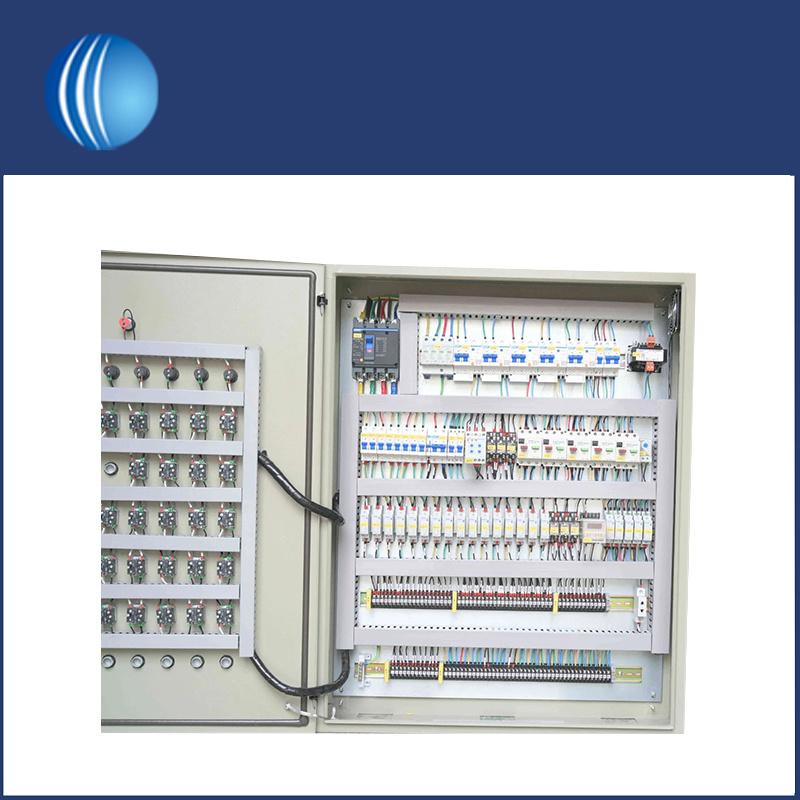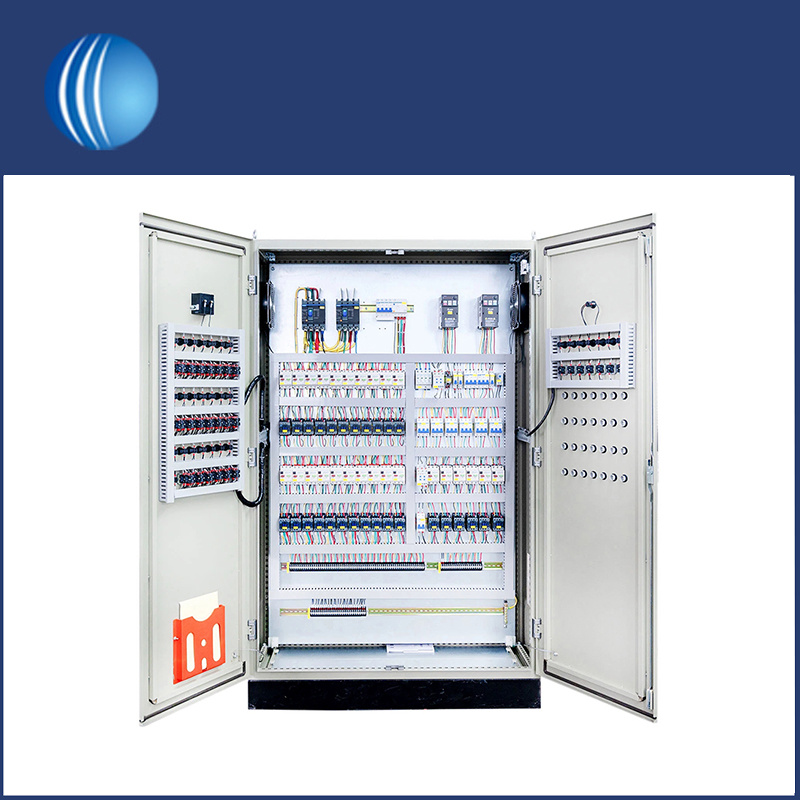
Maintaining low voltage electrical cabinets involves regular inspections, cleaning, inspection of electrical connection points, insulation checks, temperature monitoring, corrosion protection, electrical testing and repair and replacement. The purpose of maintenance is to ensure the safe and reliable operation of the power system.
Low voltage electrical cabinet is a device used to control, distribute and protect low-voltage power systems. Low-voltage electrical cabinets are usually used in industrial, commercial and residential power systems, and their voltage usually does not exceed 1,000 volts (1,000 volts, 1,000V). They are used to distribute and control electrical energy to meet the needs of different loads. In contrast, high-voltage electrical cabinets are used in power systems with higher voltage levels, usually in excess of 1 kV.
The main differences between low voltage electrical cabinets and high-voltage electrical cabinets include the following aspects:
Voltage level: Low voltage electrical cabinets are used in power systems with voltages up to 1,000 volts, while high-voltage electrical cabinets are used in systems with higher voltage levels, usually above 1,000 volts.
Application areas: Low voltage electrical cabinets are widely used in industrial, commercial and residential electrical systems to distribute, control and protect electrical energy. High-voltage electrical cabinets are commonly used in power transmission and distribution systems, including substations and transmission lines.
Equipment type: Due to different voltage levels, low voltage electrical cabinets and high-voltage electrical cabinets use different types of electrical equipment and insulation materials. High-voltage electrical cabinets require stricter insulation and safety measures.

When choosing a suitable low voltage electrical cabinet, you need to consider:
Load requirements: Select low-voltage electrical cabinets of appropriate capacity and configuration based on the nature of the load and power requirements.
Safety requirements: Ensure that the selected low voltage electrical cabinet complies with safety standards and regulations to provide adequate electrical protection and safety.
Maintainability: Choose low-voltage electrical cabinets that are easy to maintain and maintain to ensure system reliability and stability.
Manufacturer: Choose a reputable manufacturer to ensure the quality and reliability of the equipment.

Routine maintenance of low voltage electrical cabinets is very important and usually includes the following steps:
Regular inspection: Regularly inspect the appearance of the electrical cabinet to see if there is any physical damage, rust, or loose parts.
Cleaning and dust removal: Keep the inside and outside of the electrical cabinet clean and dust regularly to prevent the accumulation of dust and dirt from affecting electrical equipment.
Looseness Check: Check electrical connection points and wire bundles to make sure everything is tight.
Insulation inspection: Check the insulation material regularly to make sure it is not worn or damaged to prevent short circuit or leakage.
Temperature monitoring: Monitor the temperature inside the electrical cabinet to ensure that the equipment is within the normal operating temperature range.
Anti-corrosion protection: Check anti-corrosion coatings on cabinets and components to ensure their effectiveness.
Electrical testing: Conduct regular electrical testing, including functional testing of relays, circuit breakers and protective devices to ensure they are functioning properly.
Repairs and Replacements: Repair and replace worn or malfunctioning parts as needed.
Maintaining low voltage electrical cabinets is a key step to ensure safe and reliable operation of the power system, so the manufacturer's maintenance recommendations and relevant standards should be strictly followed. SKYT® has professional personnel to provide technical support.